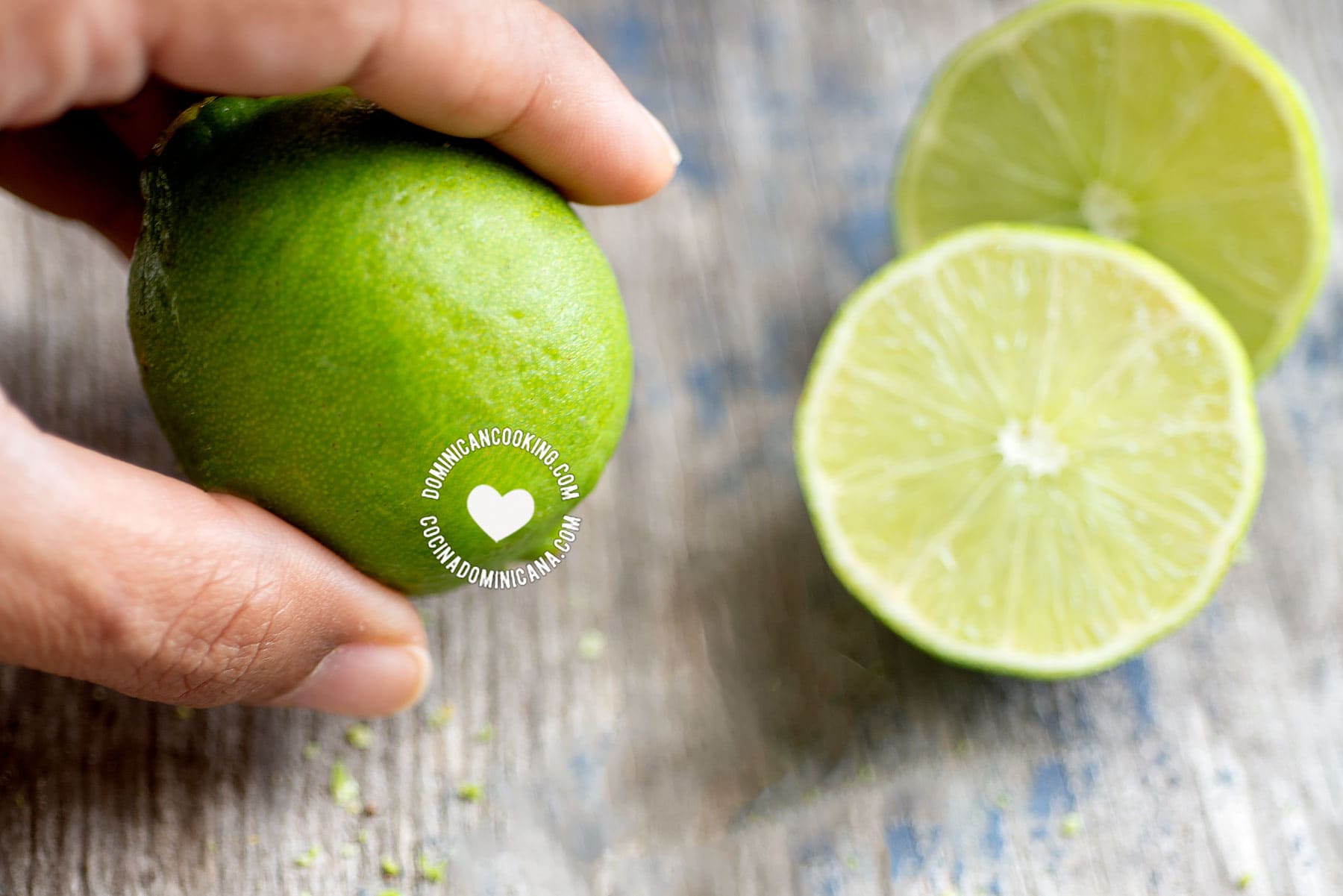Lemon and lime in Spanish are words with a particularly complicated relationship. Depending on where you are, they don't always refer to the same type of fruit, and if you try to translate them from English as limón and lima, you may not always get the right answer.
By - Reviewed: . Original: Apr 15, 2015

False friends
English speakers learning Spanish soon learn some of the common vocabulary pitfalls, embarazada and embarrassed being among the most notorious. These are called false friends-the linguistic-not the human-variety. Also known as false cognates, these are words that sound similar in both languages but do not have the same meaning.
When it comes to food, a few more come to mind: Tuna is a prickly pear in Spanish, while tuna fish is atún - although some now call it tuna in Spanish too. Cola is a tail, not a carbonated drink. An abogado is a lawyer, not an avocado. Meringue is suspiro, not merengue, the Dominican national dance. So much confusion!
Lime and lemon
A pair of false friends with a particularly complicated relationship is lemon and lime in Spanish.
You'd think that lemon in Spanish would be called limón, and that lime would be lima. But it's not that simple.
The best translation for lime in Spanish would be limón verde (green lemon). For lemon, our preferred translation is limón amarillo (yellow lemon).
Let us try to explain why Spanish speakers do not all agree when it comes to the naming of these fruits.

Lime in Spanish
In countries where limes are more common - like much of Latin America - they are called limones, while lemons are sometimes known as limas. This is the case in parts of Mexico, at least. In other places, like the Dominican Republic, limón is used for both lemon and lime.
In the other Spanish-speaking Caribbean countries, i.e., Cuba and Puerto Rico, in some countries in South America, like Colombia, Ecuador, México, Peru, Chile, and Venezuela, as well as in Central American countries like El Salvador and Guatemala, limón almost always means lime and the distinction is made by calling lemons 'limón amarillo'.
Lemons in Spanish
Lemons are a subtropical/tropical crop, but they rarely appear in colmados and supermarkets in the Dominican Republic, and when they do, they are imported from the United States. It would be interesting to find out whether this is because they can't grow here. Perhaps it's just that no one is cultivating them commercially.
Although lemons do have a slightly different, softer flavor that goes better with certain things, on the whole, I prefer limes.
In Spain, where lemons are much more common than limes, lemons are limones and limes are limas, and this is confirmed by the Real Academia definitions that describe limones as yellow and limas as green.
If this wasn't confusing enough, there is a tropical fruit that grows in the Dominican Republic called limoncillo (also quenepa or mamoncillo, Spanish lime is one of its names in English), even though it is not even a citrus fruit.

What is limón?
The common lime - scientific name Citrus × latifolia - eaten in the DR is of the limón persa or Persian lime variety. As lemons (Citrus × limon) are less common, they are called by the more descriptive name of limón amarillo (yellow lemon in Spanish).
Origin
The origin of the word "lemon" is thought to be Middle Eastern, from the Arabic laymun and from the Persian limun, the generic term for citrus fruit. The actual fruit originated in Southeast Asia, and it is said that Columbus himself brought the first seeds to Hispaniola in 1493.
In French, the word for lemon is citron, as in citrus fruit. In many world languages, the words for lemon are similar to citrus or lemon.
Lime recipes
For Americans, limes evoke the popular key lime pie, and wonderful lime cocktails; in Dominican cooking, limes are used in juices, and in marinades for chicken and fish. You can also enjoy my non-traditional easy No-bake lime and mango cheesecake.
Lemon recipes
Lemons, or limones amarillos, don't appear in traditional Dominican food for the reasons we mention above, but I can share a couple of recipes with you, like this Chicken with lemon and garlic sauce, this Lemonade starfruit kiwi refresher, and a Lemon and lime cake with cream cheese frosting.
Our original article on this subject, published in 2015, received considerable feedback from our readers. Much of this information has been incorporated into this revised version. Please let us know in the comments section if we left anything out!

FAQs
Green lemons are just unripe yellow lemons, not limes. In some varieties of Spanish, though, limones verdes may well refer to lime.
In English, limón verde, or simply limón is lime
Yes, limes may be called limones verdes in Spanish to differentiate them from limones amarillos, which is what many Spanish speakers in Latin America called the yellow ones.
In Spain, lime is lima. In Latin America, on the whole, the word for lime is limón.
In Spain, lemon is limón. In Latin America, there is a range of names, mostly limón amarillo.










